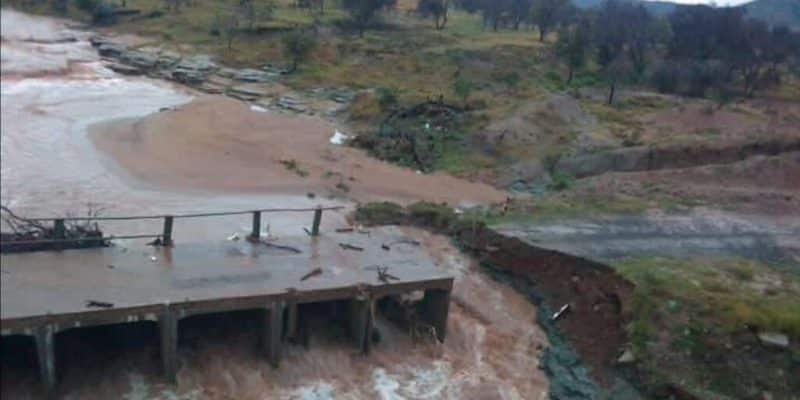Pretoria, Port Elizabeth and several other cities in South Africa have not escaped the latest floods, whose environmental disaster is threatening the future of the country's wildlife.
The latest rains in all of South Africa’s nine provinces have caused flooding, resulting in damaged roads, submerged schools, destroyed homes and downed power lines in a context of power outages that are disrupting business operations. In Gauteng, KwaZulu-Natal, Limpopo and the Northern Cape, livestock have been washed away, depriving people of their livelihoods.
https://twitter.com/SPSGlobalAssist/status/1626216418113880064
Faced with this situation, the South African government, citing climatic causes, declared a state of natural disaster to allow for the “delivery of goods and services” to the victims, the reclassification of internally displaced persons and the protection of the natural heritage that survived this climatic phenomenon. The national police and defence forces have been deployed to the main affected sites, notably along the Jukskei River in the city of Johannesburg, where the rains continue to drench 180,000 homes.
The floods have also killed 12 people. A heavy environmental toll is also feared, particularly in the northern province of Mpumalanga, which is home to the 20,000 km2 Kruger Park. According to local authorities, the natural disaster is endangering the survival of 336 species of trees, including baobabs, as well as 517 species of birds (ostriches, guinea fowl, ducks) and 147 species of mammals, including lions, cheetahs and giraffes. “Travel within the park is restricted because some of the roads are damaged,” says Isaac Phaahla, spokesman for the African National Parks. Isaac Phaahla, spokesperson for South African National Parks (SANParks).
Read also-AFRICA: €1.2m for climate resilience for displaced people in six cities
In the first half of 2022, South Africa experienced its worst flooding ever, with 443 people dying and the cities of Pretoria and Cape Town being particularly hard hit by the downpour. These bad weather conditions had an impact on infrastructure and disrupted the supply of water and electricity, especially in the coastal area of Clermont where meteorologists observed 450 mm of water in 48 hours.
Benoit-Ivan Wansi







